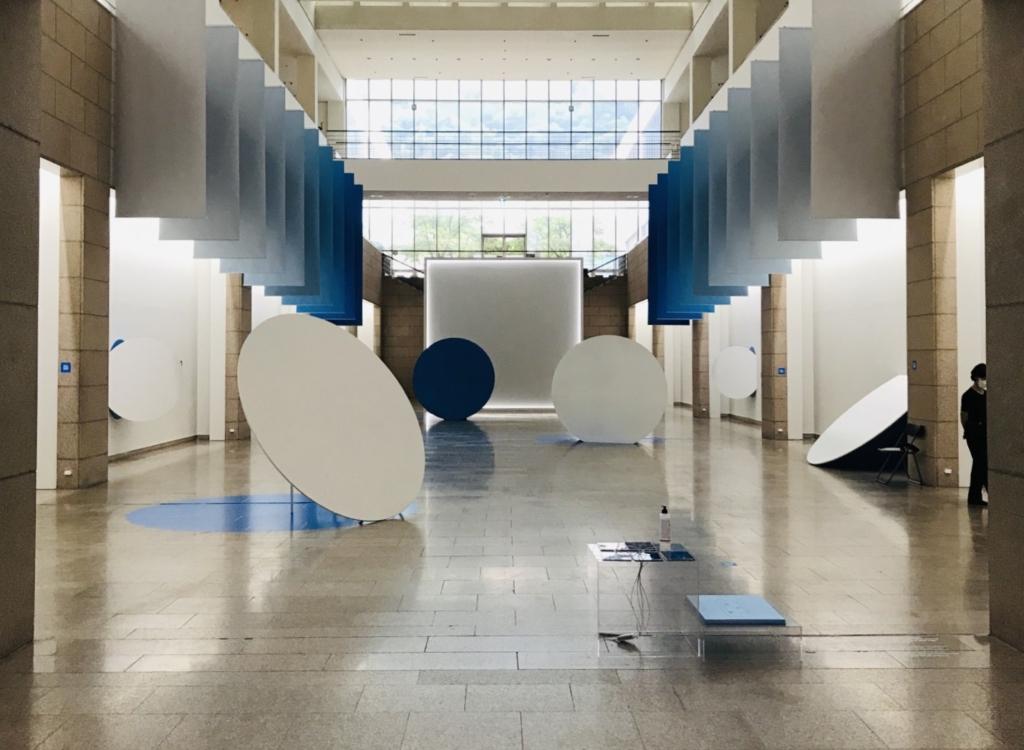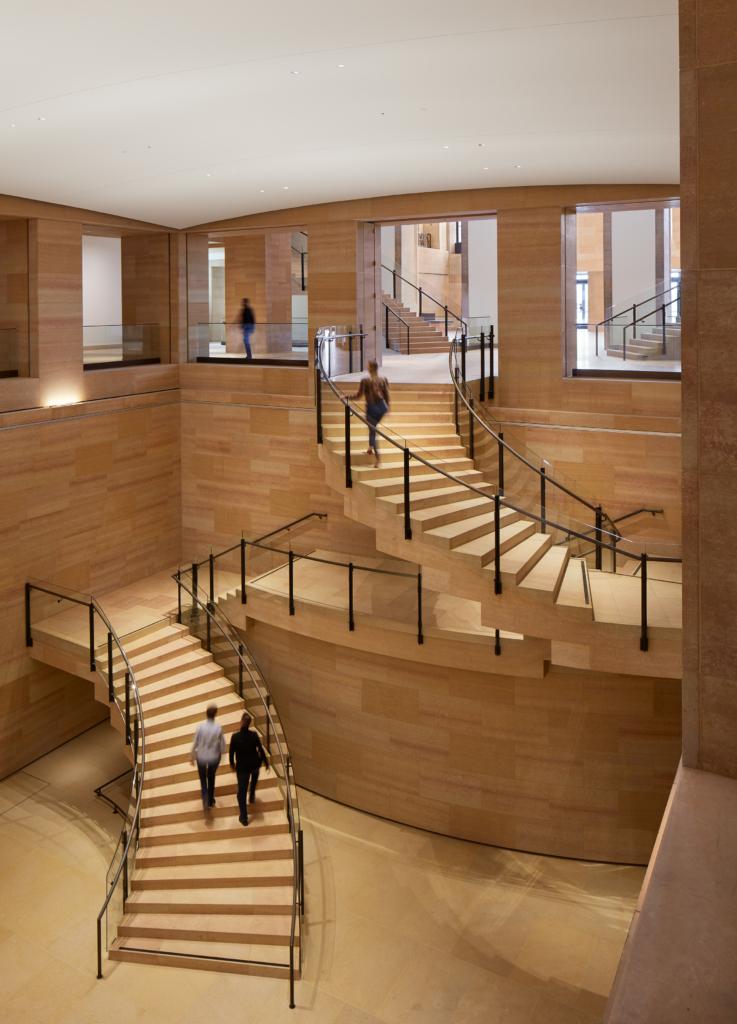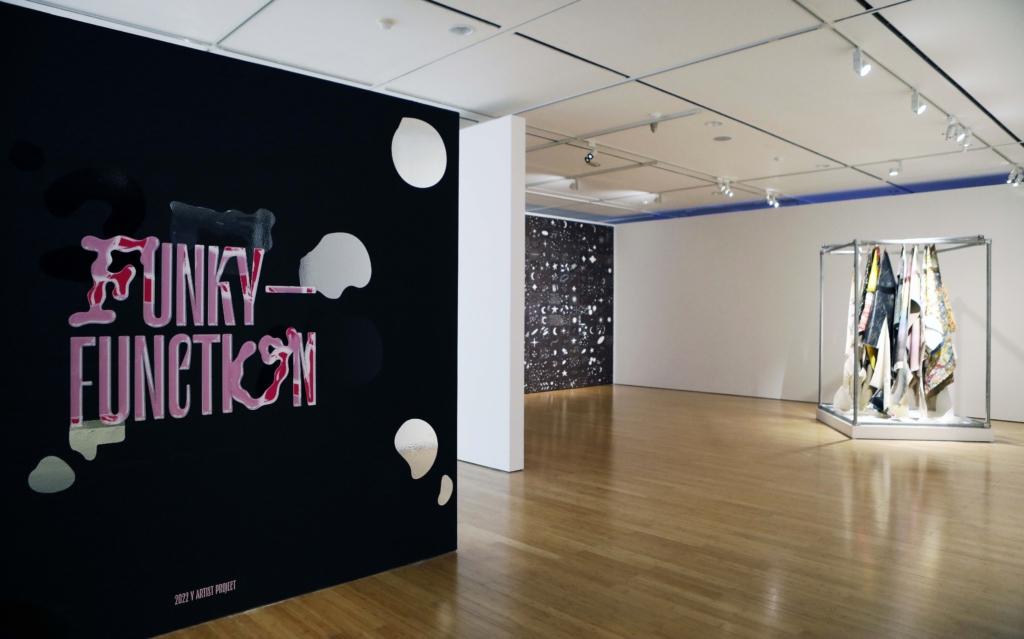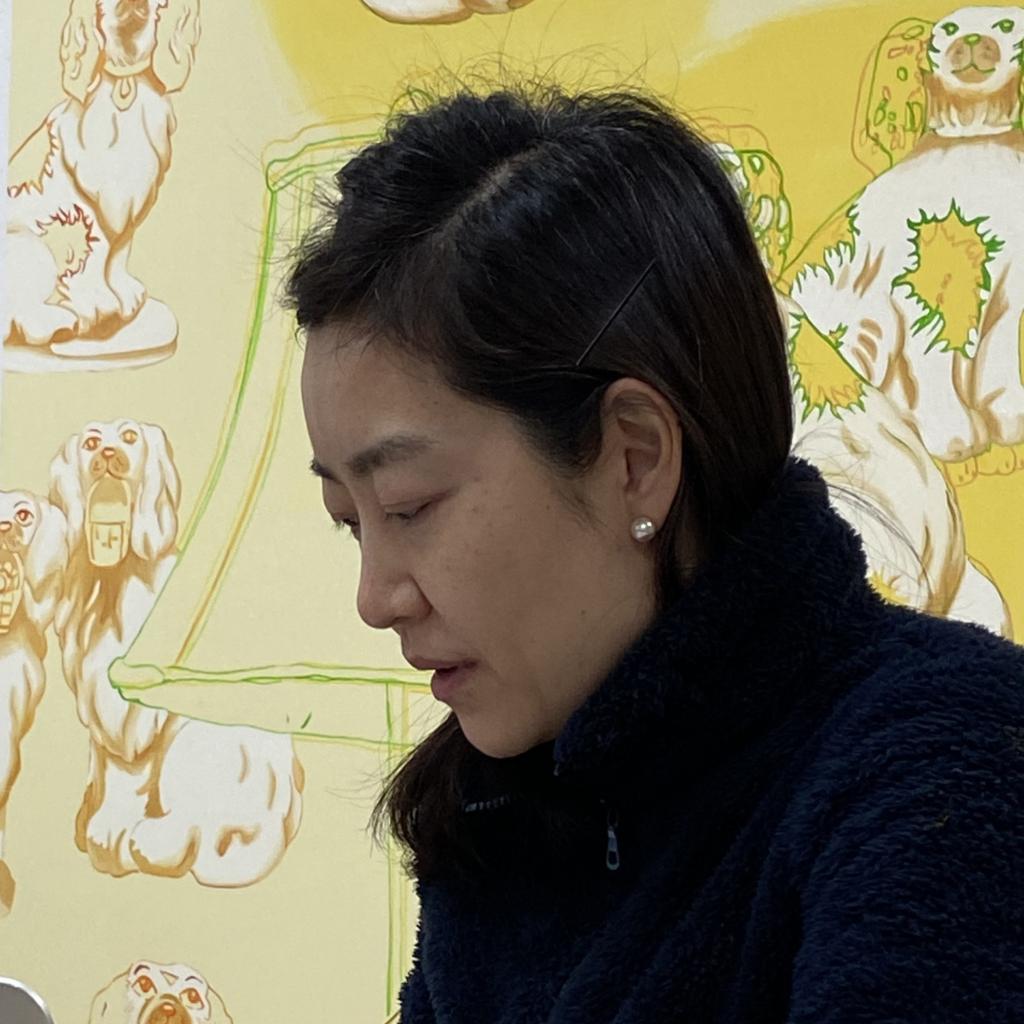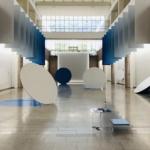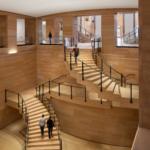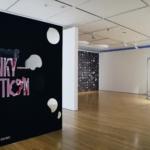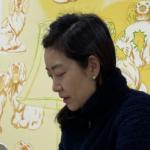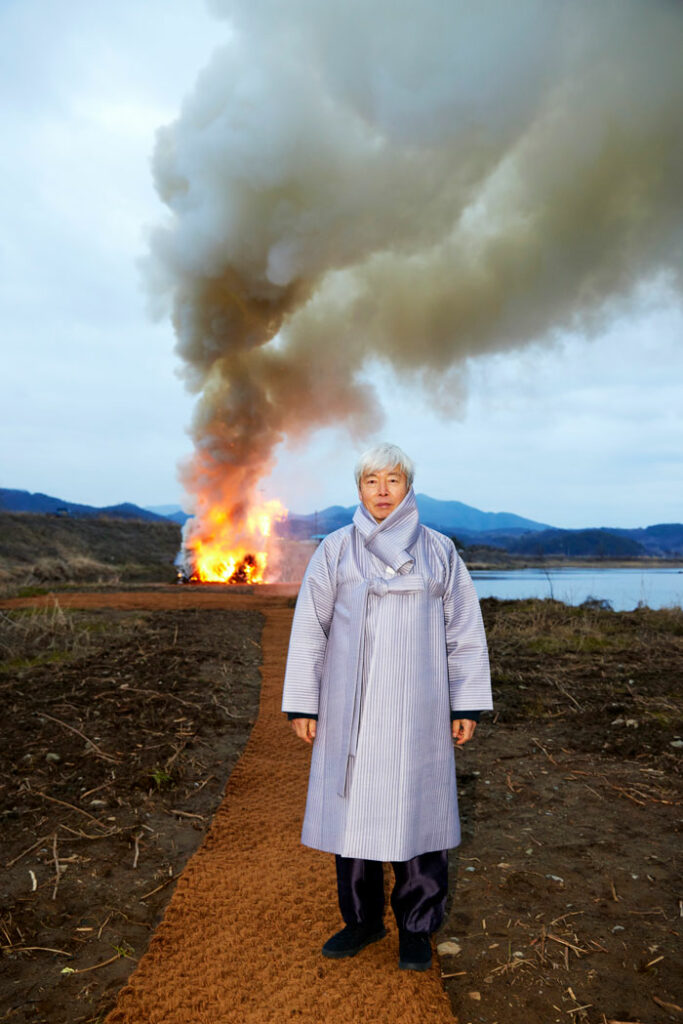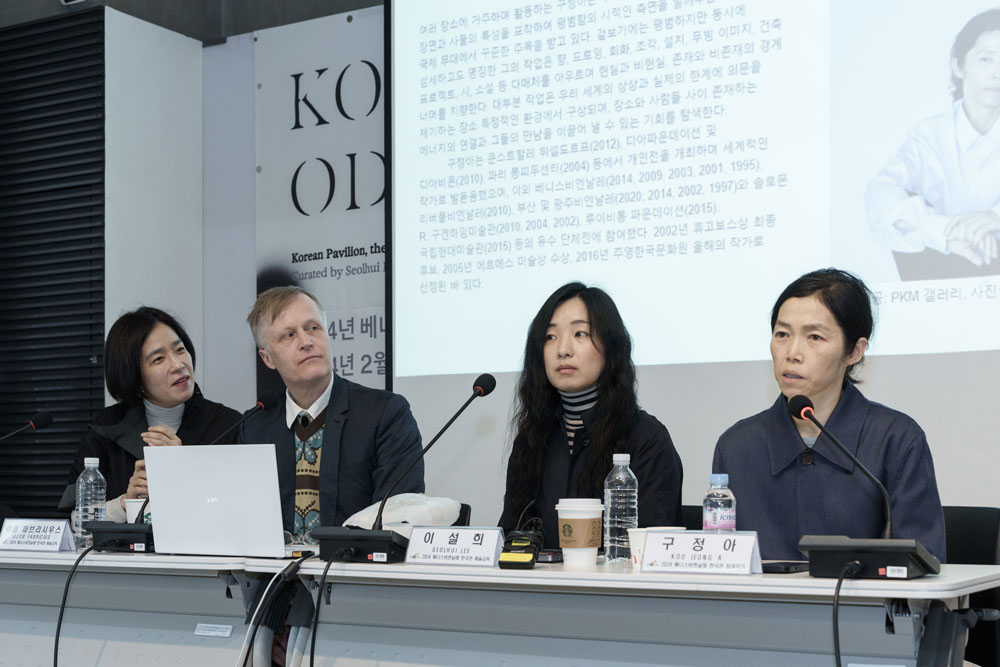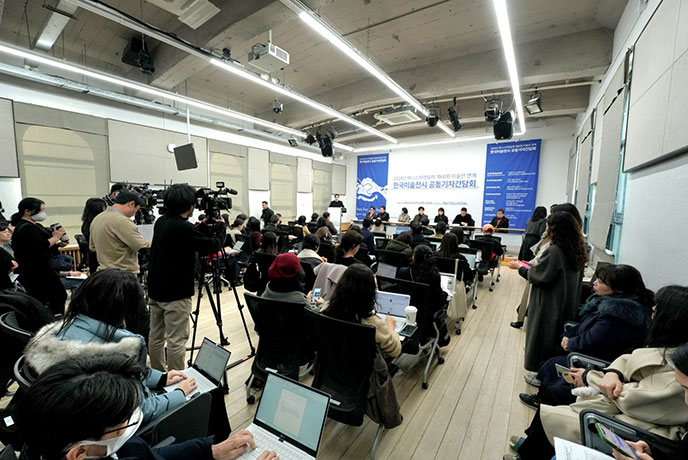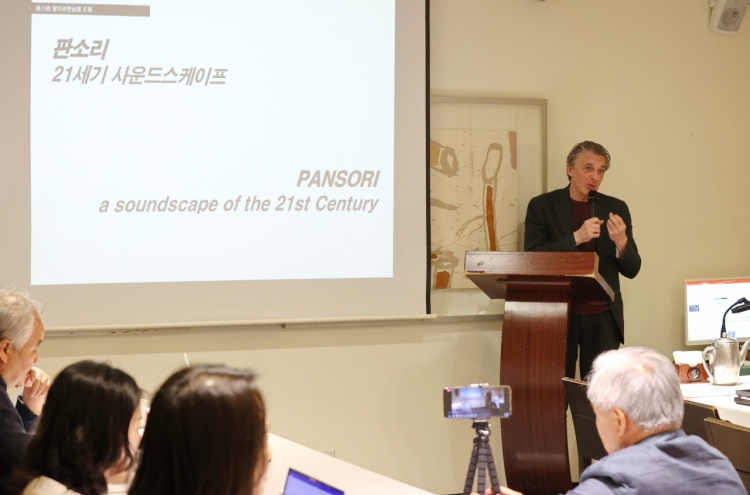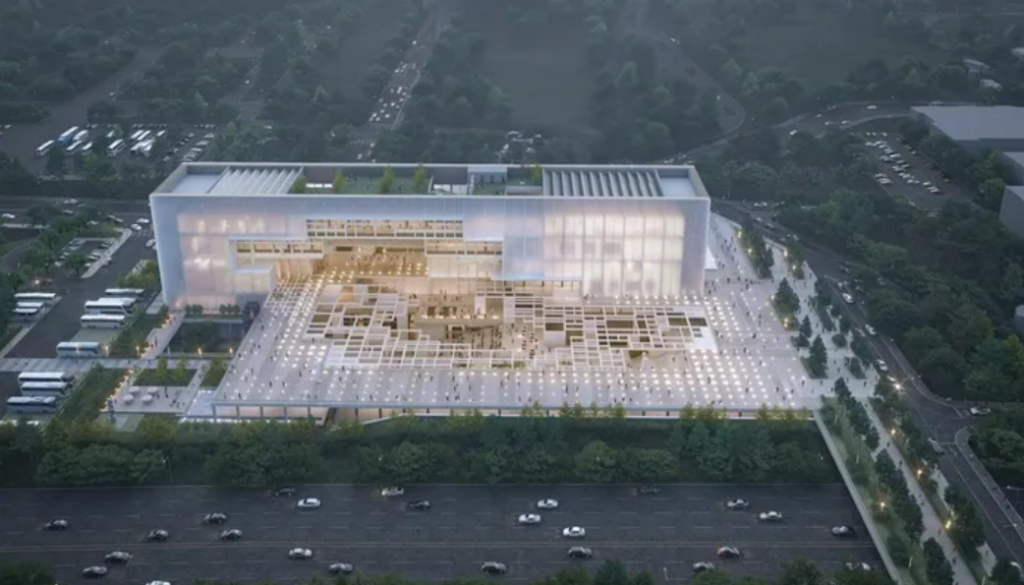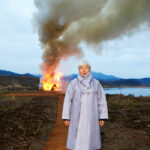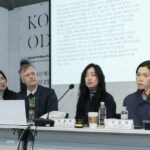The 14th Gwangju Biennale Reveals Full List of Participating Artists
The soon-to-be-held 14th Gwangju Biennale, soft and weak like water, has announced the final list of participating artists and program details. The Biennale, which will be held for 94 days from April 7 to July 9, 2023 will feature 79 artists from around the world and unveil 40 commissioned projects and new works in five exhibition venues across Gwangju City, including the Gwangju Biennale Exhibition Hall, the Gwangju National Museum, Mugagsa Temple, Horanggasy Artpolygon, and Artspace House.
The Biennale is curated by Artistic Director Sook-Kyung Lee, with Associate Curator Kerryn Greenberg and Assistant Curators Sooyoung Leam and Harry C. H. Choi also taking part in curating the exhibition.
Taking its title from a chapter of the Dao De Jing, a fundamental Daoist text, the exhibition borrows the concept of water from the book that embraces contradictions and paradoxes to envision our shared planet as a site of resistance, coexistence, solidarity, and care and to understand the global issues that affect the entire Earth as one entanglement.
While drawing inspiration from Gwangju’s artistic and cultural roots, the exhibition aims to go beyond geopolitical, chronological, and anthropocentric boundaries through transcultural approaches, suggesting artistic practices and alternatives from a planetary perspective.
Some of the forty commissioned works will focus on the unique culture of Jeollanam-do, trace the history of a specific diaspora by collaborating with Gwangju’s local artisans (Tarek Atoui), bring attention to marginalized communities in Gwangju (Meiro Koizumi), and feature a funeral ritual, Ssitgimgut culture of Jeollanam-do (Seung-ae Lee). Other works will tell the journey of climbing a mountain that represents Korea’s natural landscape to explore the coexistence of humans, nature, and inanimate objects (Hong Lee Hyun Sook), or connect the trade history of ceramics with the global production system of lithium batteries (Candice Lin).
The exhibition will also feature works that are inspired by specific cultures from other parts of the world to expand the discourse and take a more comprehensive approach. For example, there will be a work that studies the politics of water centered around the Mekong River (Taiki Sakpisit), embrace the Mayan aboriginal culture as part of personal memory (Edgar Calel), and interpret the landscape of the Amazon region through paintings (Vivian Suter).
The Biennale’s 14th edition has further expanded the Pavilion Project by collaborating with leading international arts and cultural institutions to add diverse exhibitions to its programs.
The Gwangju Biennale Pavilion Project began in 2018, with three institutions participating. The following edition in 2021 had two participating organizations. The number of participating countries has reached its highest point this year, with nine countries taking part, including the Netherlands, Switzerland, Israel, and Ukraine.
The participating organizations in this year’s Pavilion Project are some of the most active ones in exchanging and sharing arts and culture, which include Framer Framed in Amsterdam, the Embassy of Switzerland in the Republic of Korea, the Israeli Centre for Digital Art, Holon (CDA Holon), the Istituto Italiano di Cultura Seoul in Italy, the China Art Museum in Shanghai, the West Baffin Eskimo Cooperative Limited in Canada, the Adam Mickiewicz Institute in Poland, and the Embassy of France in the Republic of Korea.
Local institutions based in Gwangju will also take part in the Biennale’s Pavilion Project, including the Gwangju Museum of Art, Lee Lee Nam Studio, G.MAP Gwangju Media Art Platform, Dong-gok Museum of Art, Eunam Museum of Art, Lee Kang Ha Art Museum, 10yground, Yanglim Art Museum, and Gallery Podonamu. The Pavilion Project will be held in these partnering public and private art museums and alternative spaces, which have been continuously presenting contemporary art throughout the Gwangju area. The international organizations and the partnering institutions will also have exchange programs in the future.
The full list of artists participating in the 14th Gwangju Biennale, soft and weak like water, can be found on the Gwangju Biennale website.
Aproject Company. Co., Ltd | Founder & CEO : Jay Jongho Kim
216 Dosan-Daero, B2F, Gangnam-gu, 06047 Seoul, Korea
Business Number : 894-88-01945
Contact : aproject.company@gmail.com
Mail-order-sales registration number : 제 2021-서울강남-04243 호
























